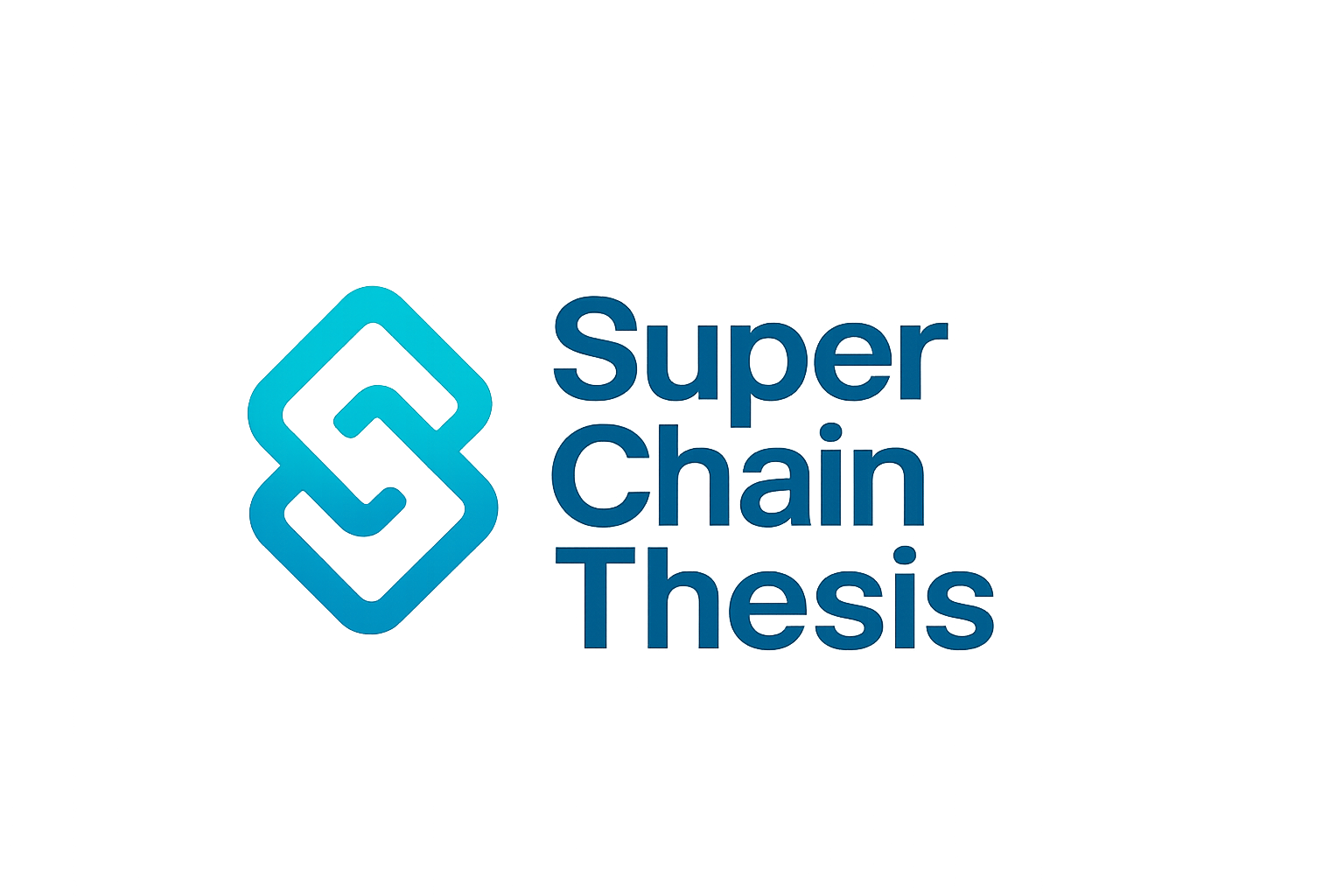
Picture this: a blockchain game that feels as seamless as your favorite Web2 shooter. Or a decentralized exchange that matches orders in milliseconds, not minutes. That’s the promise of ephemeral rollups: a new breed of short-lived rollups that are radically reshaping how we think about Web3 scalability. While most Layer 2 solutions focus on persistent chains and long-lived environments, ephemeral rollups flip the script: they’re spun up on demand, execute high-speed transactions in parallel, and then vanish, leaving only their cryptographically-verified results anchored to the main chain.

What Makes Ephemeral Rollups Different?
The core innovation here is temporality. Unlike traditional L2s that stick around indefinitely (sometimes accumulating bloat or idle capacity), ephemeral rollups are designed to be as fleeting as the needs they serve. They can be deployed for a single game session, a burst of DeFi trades, or a prediction market event, whatever requires ultra-low latency and elastic throughput.
This design unlocks several key benefits:
Top Advantages of Ephemeral Rollups for Web3
-
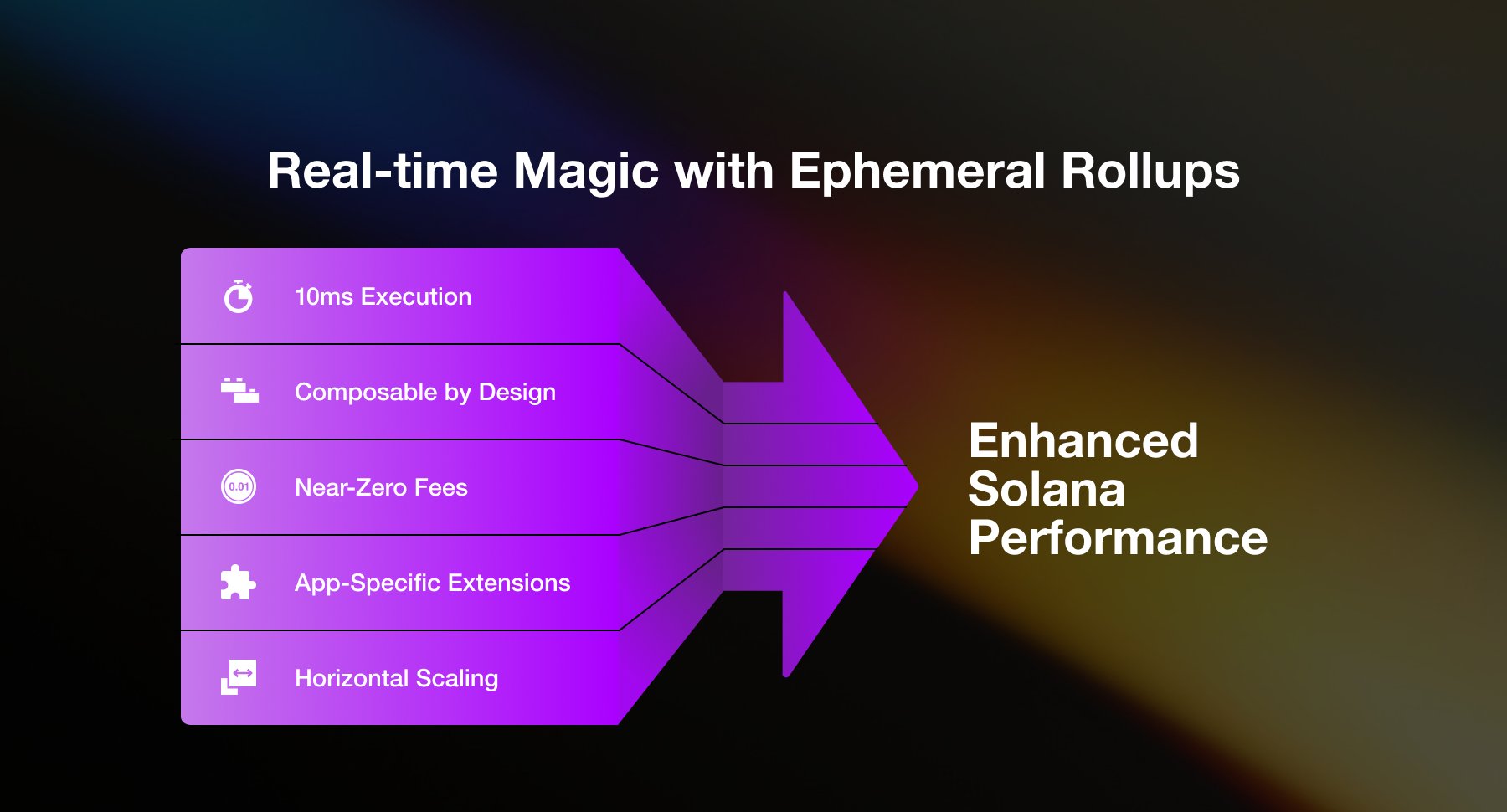
Ultra-Low Latency for Real-Time Apps: Ephemeral rollups like MagicBlock on Solana enable transaction finality in as little as 10 milliseconds, making them ideal for gaming, DeFi, and other latency-sensitive dApps.
-
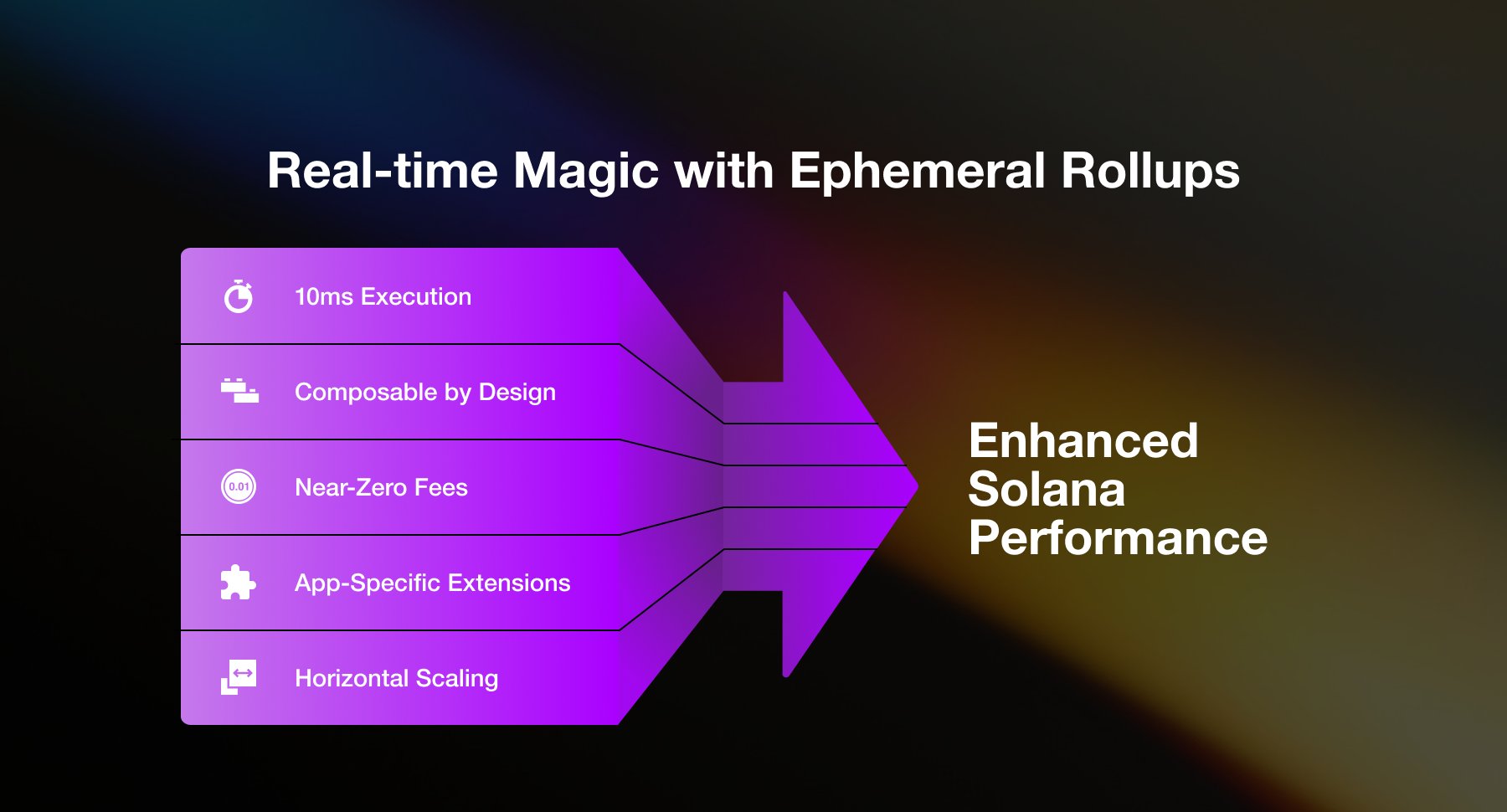
Elastic, Horizontal Scalability: Ephemeral rollups can be spun up and down on demand, allowing networks to handle massive surges in activity without over-provisioning resources or fragmenting state.
-

Preserved Composability and Liquidity: Unlike some L2 solutions, ephemeral rollups maintain full access to the base layer’s liquidity and composability—so dApps can interact seamlessly with the broader ecosystem.
-
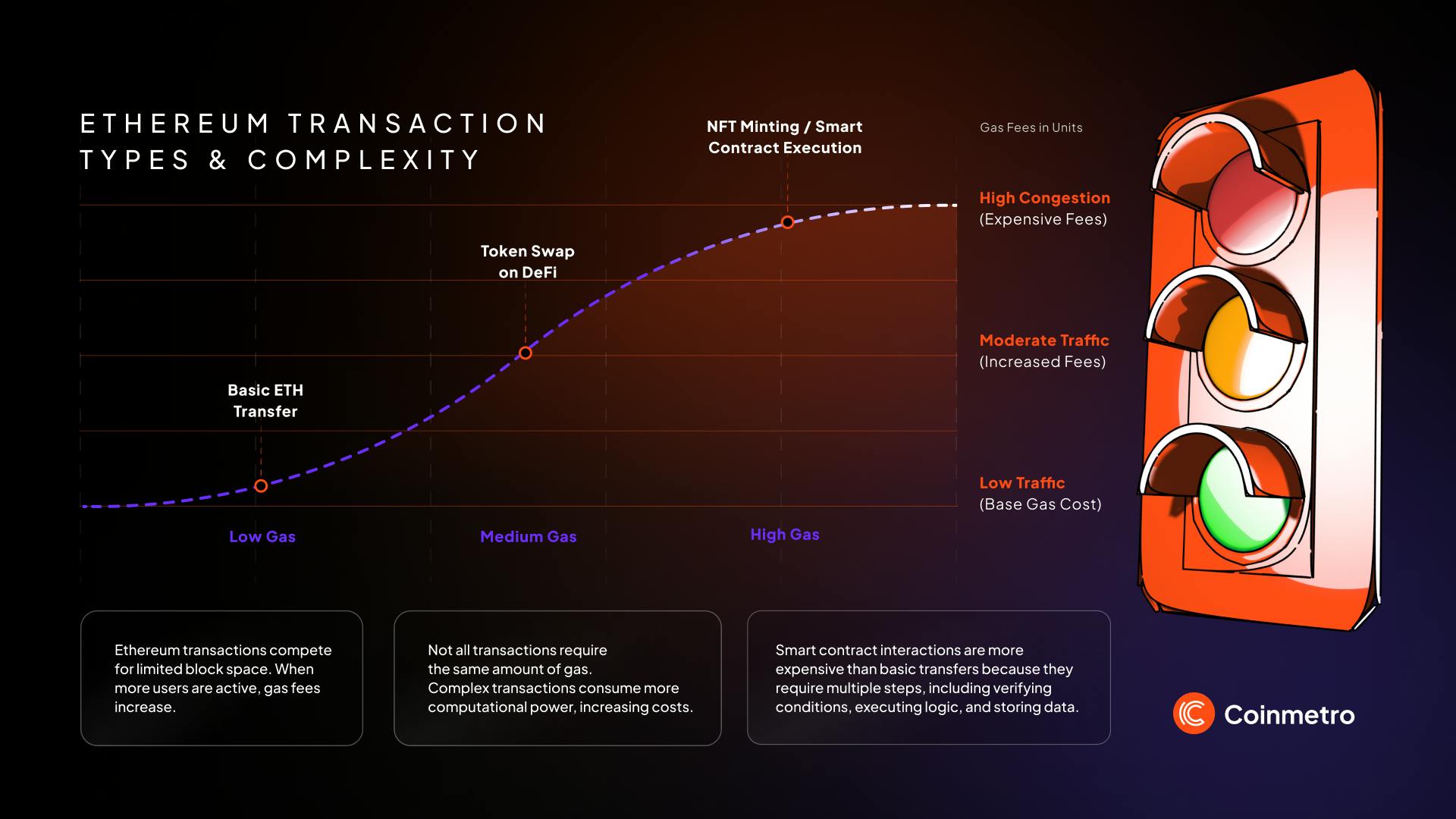
Lower Transaction Fees: By processing transactions off-chain during their session and only settling the final state, ephemeral rollups significantly reduce gas fees for users and developers.
-

Customizable, Secure Execution Environments: Developers can tailor ephemeral rollups for specific use cases (like games or DEXs), with configurable runtimes, gasless sessions, and provable cryptographic security anchored to the base chain.
- Ultra-low latency: With execution times measured in milliseconds (MagicBlock’s Solana implementation boasts latencies as low as 10ms), apps can feel truly real-time.
- No composability tradeoff: Ephemeral rollups maintain access to base-layer liquidity and composability, so assets and logic flow freely between environments.
- Horizontal scalability: Multiple ephemeral rollups can run side by side, each processing its own workload without clogging the network.
- Cost efficiency: By existing only when needed, these short-lived rollups avoid wasting resources during quiet periods, a huge win for both developers and users.
The MagicBlock Example: Solana-Native Ephemeral Rollups
If you want to see this concept in action, look no further than MagicBlock’s ephemeral rollup solution, built directly on Solana. Here’s how it works: developers can spin up custom execution environments (think mini blockchains) that process transactions off-chain during an intensive session, like a multiplayer game or high-frequency trading event. When the session ends, the final state is committed back to Solana L1 with full cryptographic security. The result? Lightning-fast dApps without sacrificing decentralization or trustlessness.
This model has already started transforming blockchain gaming. Instead of shoehorning complex game logic into slow, expensive L1 transactions or relying on centralized servers, devs can now build fully on-chain games with real-time responsiveness. Academic research backs this up, the paper “Ephemeral Rollups are All you Need” details how leveraging Solana Virtual Machine (SVM) runtimes allows for parallelized transaction processing without state fragmentation or trust compromises (arXiv.org).
Beyond Gaming: Real-Time DeFi and Modular Blockchain UX
The potential use cases stretch far beyond games. Imagine orderbooks that update instantly for DEX traders or prediction markets able to resolve outcomes in seconds rather than blocks. By enabling short-lived but hyper-efficient execution environments, ephemeral rollups could power everything from micro-auctions to flash loan platforms, anywhere latency is king and throughput demands spike unpredictably.
This flexibility also ties into the broader trend toward modular blockchains and Superchain-style architectures. As projects like Dymension experiment with EVM-compatible RollApps within Cosmos (Nasdaq.com), it’s clear that customizable scaling solutions are becoming table stakes for next-gen Web3 UX.
Ephemeral rollups are a natural fit for these modular designs. They let developers pick and choose the right execution model for each workload, spinning up just-in-time environments that don’t clog up the base layer or force users into siloed ecosystems. The result is a more dynamic, responsive blockchain landscape where dApps can scale horizontally and composability isn’t sacrificed at the altar of speed.
Challenges and Open Questions
Of course, ephemeral rollups aren’t a silver bullet. There are open questions around state availability, data archiving, and developer tooling. Because these rollups are short-lived by design, ensuring that their final states are reliably anchored and verifiable on L1 is critical for trustless settlement. There’s also the challenge of making these environments easy to spin up and tear down, ideally with seamless integration into existing dev workflows.
Another consideration is security. While cryptographic proofs can guarantee correct execution, the ephemeral nature of these rollups means that any vulnerabilities must be caught quickly. Monitoring tools and standardized protocols will play a big role as adoption grows.
What’s Next for Ephemeral Rollups?
We’re still in the early innings, but momentum is building fast. MagicBlock’s Solana-native implementation has shown what’s possible when you combine low-latency execution with robust composability. Meanwhile, experiments across ecosystems like Cosmos and OP Stack hint at broader adoption of short-lived rollup paradigms in everything from DeFi to social media apps.
Leading Projects Pioneering Ephemeral Rollups
-
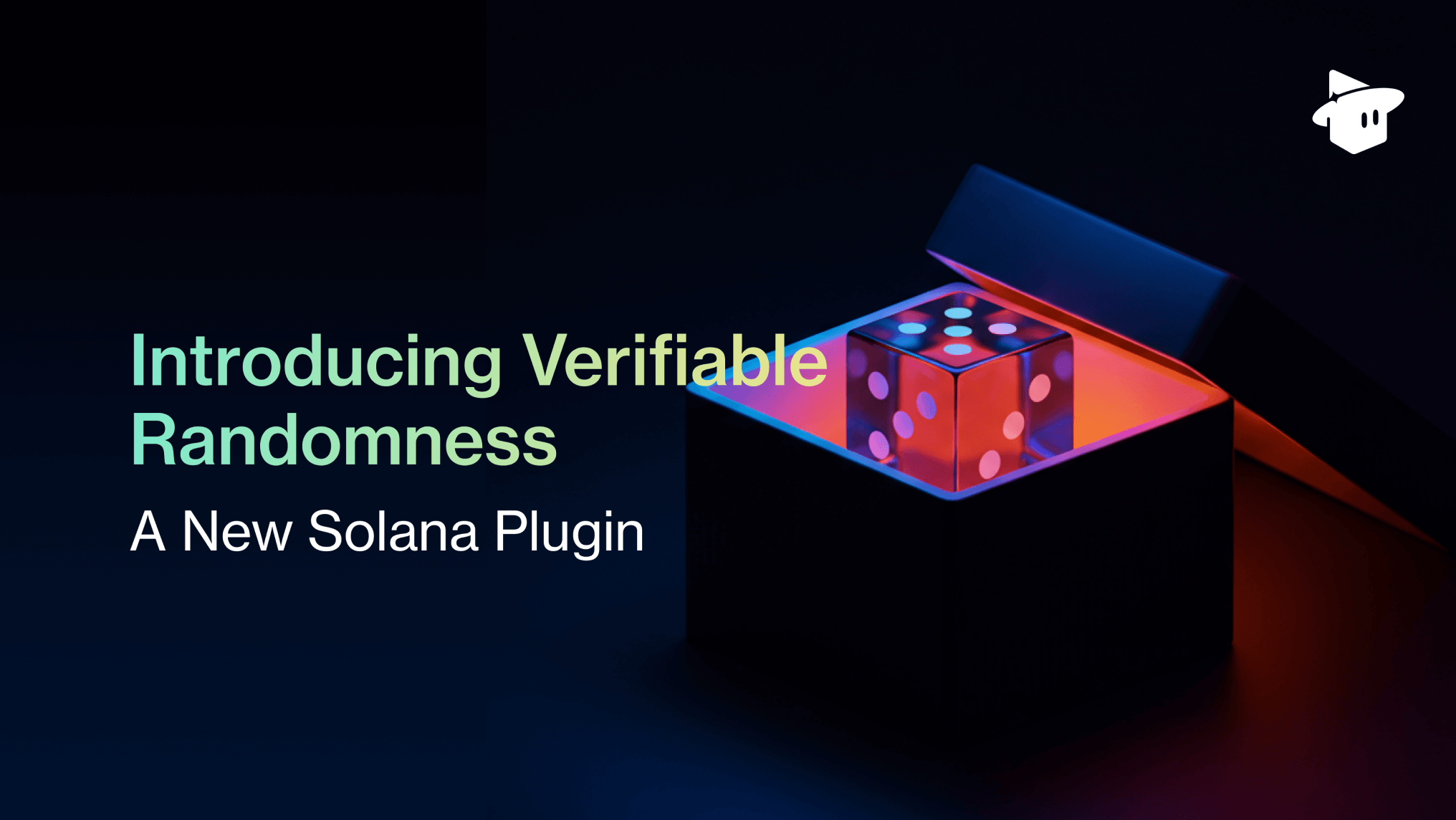
MagicBlock (Solana): MagicBlock brings ephemeral rollups to Solana, enabling developers to spin up ultra-fast, temporary execution environments with latencies as low as 10 milliseconds. These rollups maintain full composability with Solana’s liquidity and allow for real-time, scalable dApp experiences—especially in gaming and high-performance DeFi. Learn more
-
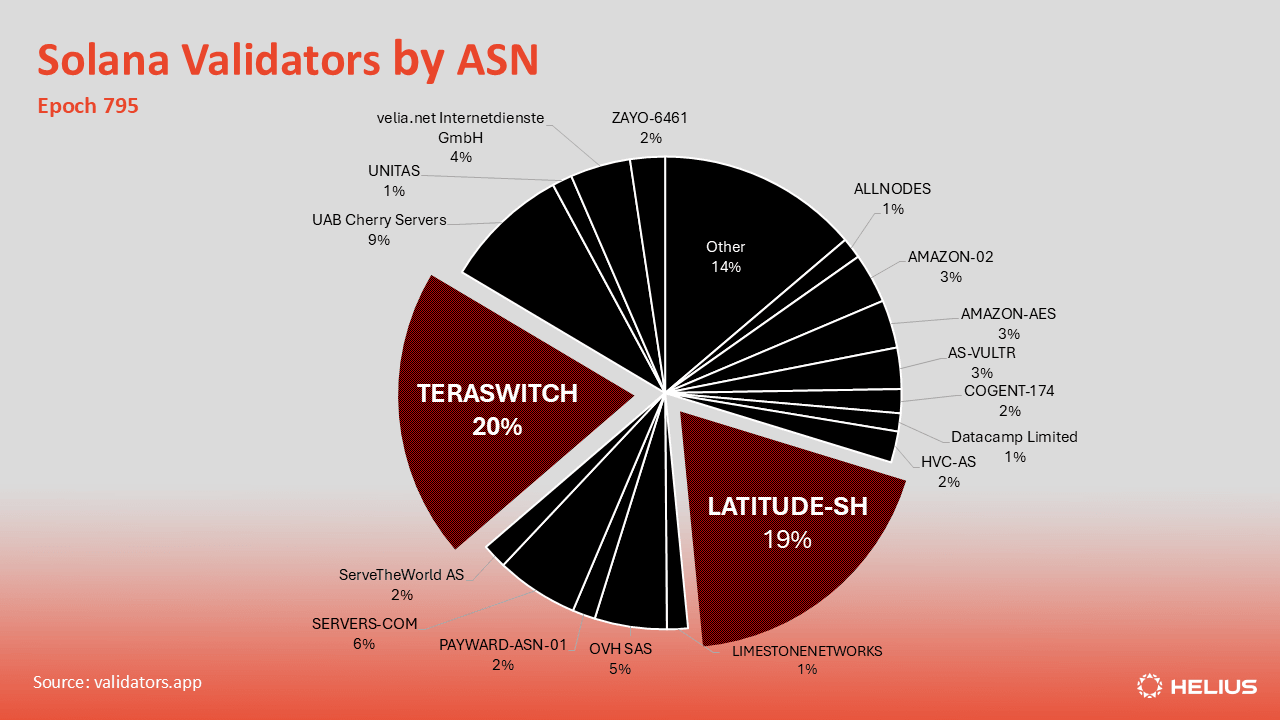
Ephemeral Rollups are All you Need (arXiv): This academic framework leverages the Solana Virtual Machine (SVM) to enable fully on-chain games and applications using ephemeral rollups. It introduces modular, customizable runtimes that maximize scalability and resource efficiency without compromising trust or composability. Read the paper
-
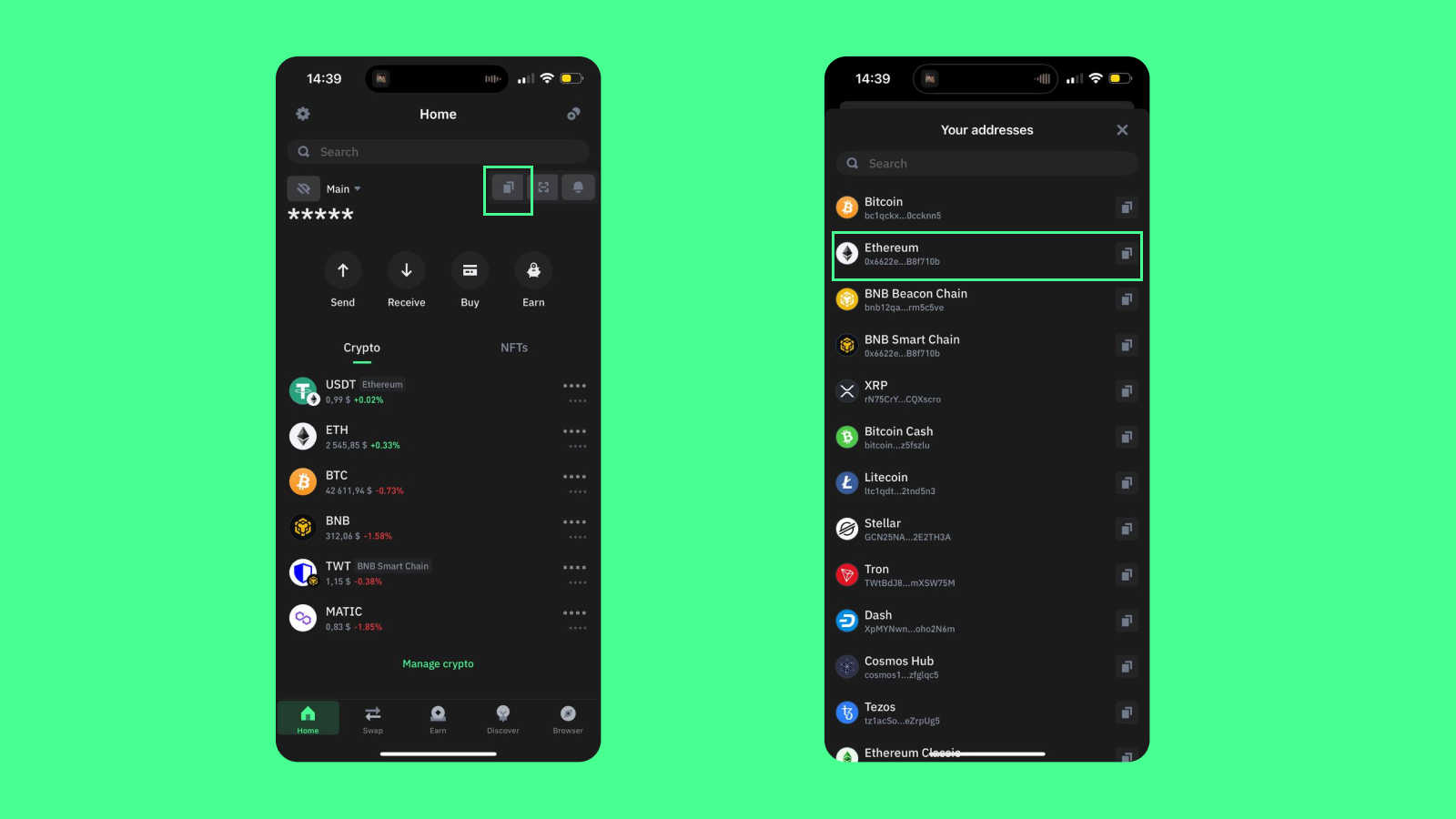
Dymension RollApps (Cosmos Ecosystem): Dymension is building RollApps—EVM-compatible rollups designed for the Cosmos network. While not all RollApps are ephemeral by default, Dymension’s modular approach allows for on-demand, scalable execution environments that can be tailored for specific use cases, including gaming and DeFi. Explore Dymension
Expect to see more frameworks emerge that make ephemeral rollup deployment as easy as spinning up a cloud instance, complete with configurable runtimes, gasless sessions, and built-in hooks for on-chain settlement. As these tools mature, we’ll likely see Web3 UX leapfrog today’s clunky dApps in favor of experiences that rival (or even surpass) their Web2 counterparts.
Why Traders Should Pay Attention
If you’re an active trader or protocol builder, ephemeral rollups open new alpha frontiers. Think about real-time arbitrage across DEXs with sub-second latency or prediction markets that resolve instantly after major events, these are not just theoretical anymore. As horizontal scalability becomes practical via short-lived rollup sessions, liquidity will flow faster and more efficiently between protocols.
The takeaway? Stay nimble and keep an eye on projects pushing the boundaries of blockchain scalability experiments. The next wave of DeFi innovation may very well be powered by ephemeral infrastructure where speed meets composability without compromise.
Would you try a dApp built on ephemeral rollups for lower fees and real-time speed?
Ephemeral rollups are revolutionizing Web3 scalability by enabling ultra-fast, low-fee, and real-time decentralized apps. With solutions like MagicBlock on Solana, users can enjoy instant transactions without sacrificing security or composability. Would you be open to using apps powered by this new technology?
